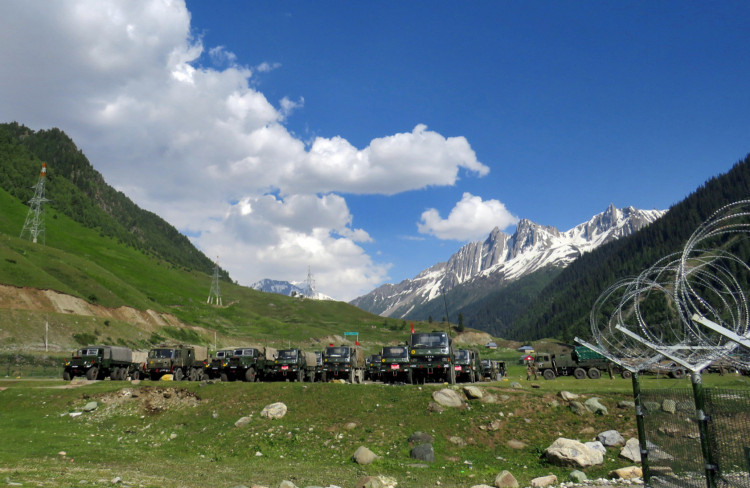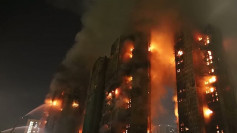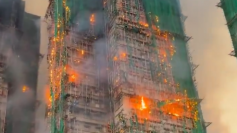Officers and men of the Indian Army and the People's Liberation Army Ground Force (PLAGF) fought a lethal hand-to-hand battle Monday night in sub-zero temperatures resulting in more than 60 deaths on both sides.
China and India confirm there was no gun battle in this lethal encounter, which was the deadliest since 1975. They also said the casualty toll will rise.
The "violent face-off" or brawl took place at the high-altitude terrain of the disputed Galwan Valley along their porous border called the Line of Actual Control (LAC). The LAC, which is 3,488 kilometers long, separates India's Ladakh province from China's Aksai-Chin region.
The clash on India's side of the LAC in Ladakh province caused the deaths of at least 20 Indian Army soldiers, the casualties of Chinese troop was not make known to public. Chinese media quoting military sources said the PLAGF had lost five dead and had 11 injured. It was violent hand-to-hand scuffles, said an Indian Army officer.
The Indian Army initially said the brawl at the mountainous terrain injured 17 more of its men. It later announced these men had frozen to death as a result of their injuries. It initially revealed the deaths of the Commanding Officer of a battalion deployed to the valley, a junior commissioned officer and a soldier.
"The loss of lives on the Indian side includes an officer and two soldiers. Senior military officials of the two sides are currently meeting at the venue to defuse the situation."
Indian Army sources said both sides were engaged in disengagement talks before the lethal brawl occurred. They surmise a quarrel might have ensued. This quarrel escalated to the point there was "pushing and shoving."
"The area where they met is very treacherous and mountainous" said sources quoted by Indian media. "In the pushing and shoving, the three seem to have slipped. We don't know if it was deliberate or it happened during the pushing and shoving."
The Indian Army sources said the PLAGF Tuesday morning reached out and called for a meeting between the Major Generals of both sides to defuse escalating tensions.
The fatal clash was not unexpected. It follows a six-week-long stand-off between Indian and Chinese soldiers marked by fistfights and stone-throwing. Several soldiers from both sides were injured in a May 9 brawl.
India's Ministry of External Affairs accused China of breaking an agreement struck last week to respect the LAC in the Galwan Valley. It said the fight occurred because of an attempt by the Chinese to unilaterally change the status quo in the area.
Long Xingchun, president of the Chengdu Institute of World Affairs, an independent think tank, said the clash might reach the point of no return unless contained. He pointed out the deaths are the first in the decades-long border conflict between China and India, which fought the Sino-Indian War in 1962.
"So it is imperative for both sides, especially between national leaders, to calm down the situation and tighten the border control, instead of being swayed by extremists," according to Long. He said China and India must not allow nationalist fervor to inflame tensions at the border.
Zhang Shuli, spokesperson of China's Western Theatre Command, which oversees the Galwan Valley, accused Indian troops of again crossing the LAC illegally. He also claimed the sovereignty of the Galwan River Valley historically belongs to China. He admitted to casualties on the Chinese side but refused to say how many were dead and injured.
Zhao Lijian, China's Foreign Ministry spokesman, claimed Indian troops crossed the border line twice on Monday. He claimed Indian Army soldiers provoked and attacked Chinese personnel, resulting in a serious physical confrontation.






